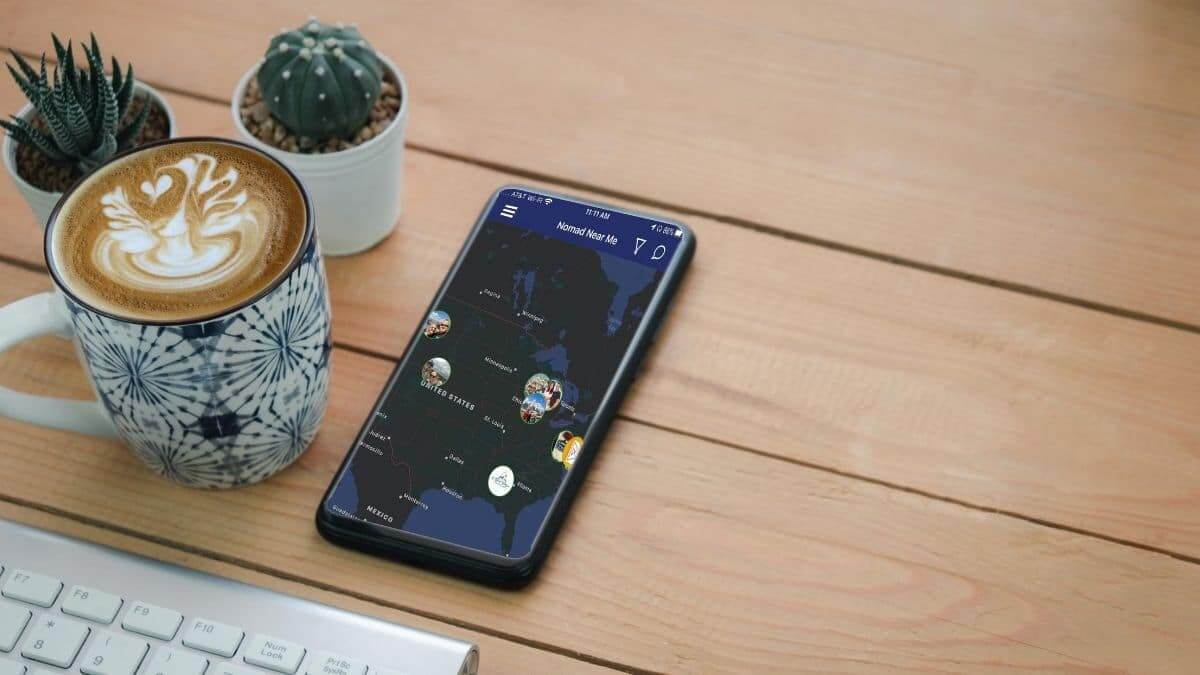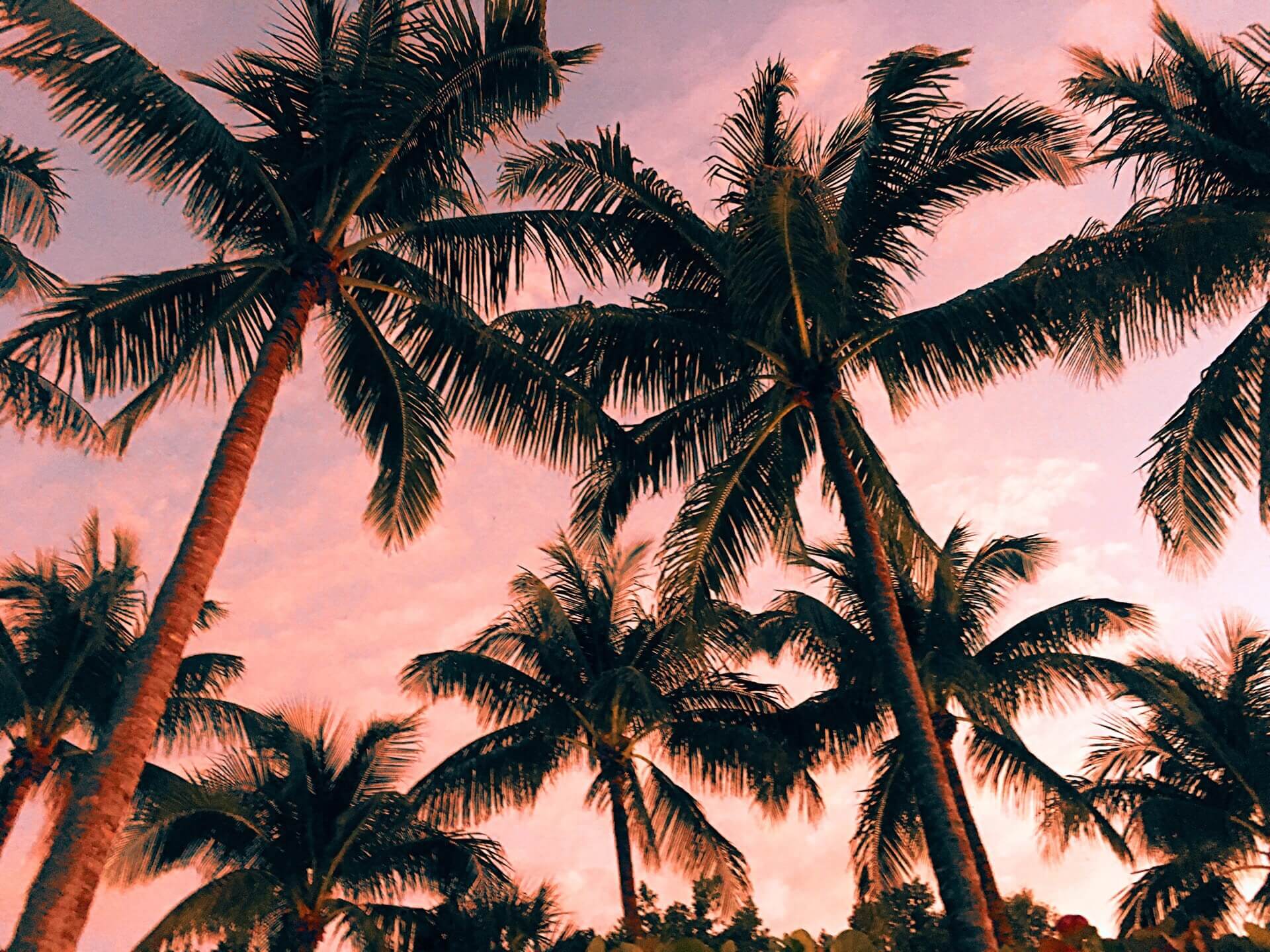Table of Contents Show
While we weren’t first sold on this National Park, we learned there are so many awesome things to see in Joshua Tree National Park! Because we’re from California, I guess we didn’t initially get the hype.
Joshua Tree National Park is on many an RVer’s destination bucket list and for good reason. These are the top 10 things you must see or do while at Joshua Tree National Park with your RV.
Tour Keys Ranch
Visit Keys Ranch during the months of October to May on a ranger-guided tour that lasts 90 minutes. The ranch is located in a remote canyon, approximately two miles past the entrance to Hidden Valley Campground. Tours are a half-mile in length and are limited to 25 people.
The ranch house, schoolhouse, store, and workshop still stand; the orchard has been replanted; and the grounds are full of the cars, trucks, mining equipment, and spare parts.
Don’t miss the Wall Street Mill, which crushed the ore for local mines. Then check out Barker Dam. This dam was created around 1900 as a watering hole to retain the rain for grazing cattle.
Tip: To tour Keys Ranch, tickets are required, in addition to the entrance fee for Joshua Tree National Park. Reservations for the guided tour can be made through www.recreation.gov
Enter Joshua Tree National Park from the west entrance station, after visiting the Joshua Tree Visitor Center at the start of Park Boulevard. The first opportunity to watch rock climbers tackle one of over 8000 climbing routes is at Hidden Valley, across the road from the Hidden Valley Campground. Joshua Tree National Park is a world-class climbing destination, with challenges for all ability levels.

Wonder at the Coachella Valley from Keys View
Past the Hidden Valley Campground, check out the view of the Coachella Valley from Keys View. From Park Boulevard, drive 20 minutes down Keys View Road to the parking area for the lookout.
Geographical points of interest include the Salton Sea, the Santa Rosa Mountains, the San Jacinto Peak behind Palm Springs, and the peak of San Gorgonio Mountain. The San Andreas Fault runs through the valley below.
Hike to the Top of Ryan Mountain for a Glorious View of all of Joshua Tree
On Park Boulevard, two miles east of the intersection with Keys View Road, enter the turnoff for Ryan Mountain on the south side. The trail to the top of Ryan Mountain has amazing views! You can see jumbled rock formations, the Little San Bernadino Mountains, and views of the Pinto Basin.
Once you’ve reached the summit at 5,458 feet, enjoy the panoramic view of the entire Joshua Tree National Park and beyond. Look down to see the Ryan Campground and the ruins of Ryan Ranch.
While this popular hike is the best way to get an amazing view of the entire park, it is also a challenging hike that should not be attempted in the summer or when it is hot out. Sun exposure, temperatures, and dehydration risks add to the 1,050 foot elevation gain on the 1.5 mile trail to the summit.
Explore Geology Tour Road
Between Sheep Pass and Jumbo Rocks on Park Boulevard, check out the motor tour on the Geology Tour Road. This tour is on a dirt road, and the first few miles are sufficient for most passenger vehicles.
Watch for the sign marking the point where a 4-wheel-drive vehicle is recommended, and turn around there if your vehicle is not capable of handling deep ruts and soft sand. The road is not suitable for campers, trailers, and motor homes.
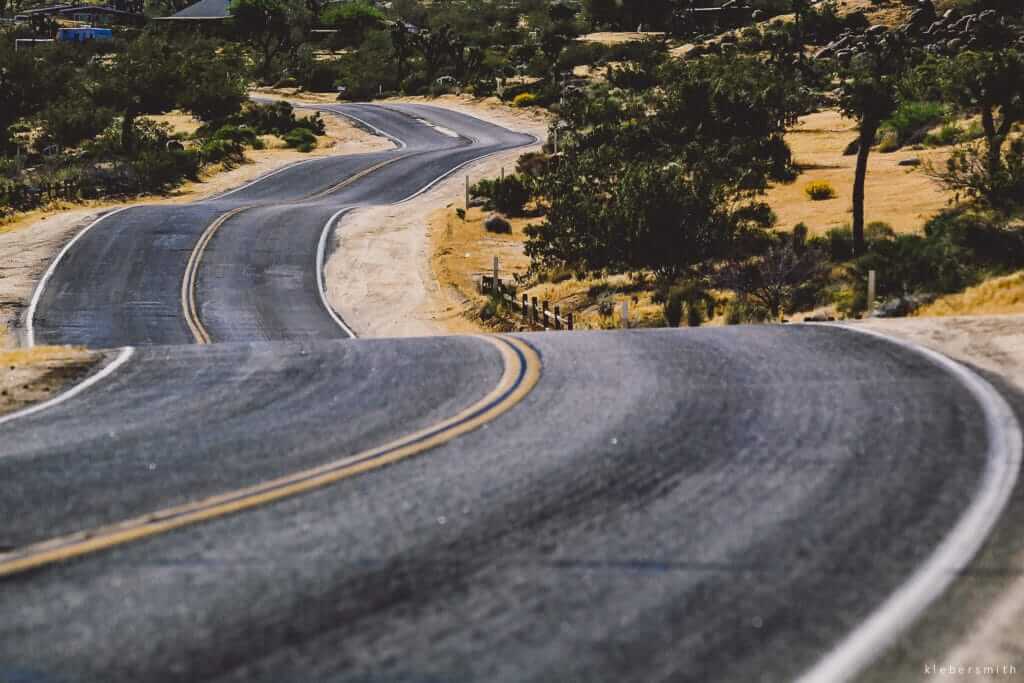
Watch More Rock Climbers at Jumbo Rocks
There are over 150 rock climbing trails in the Jumbo Rocks area, located across the road from the Jumbo Rocks Campground. Watch as rock climbers tackle the difficult rock formations, mostly traditional-style crack, slab, and steep face climbing.
Take a Picture with Skull Rock
While close to Jumbo Rocks, visit the rock formation called Skull Rock. This is most likely the most famous rock in all of Joshua Tree National Park!
Take a photo in front of the two eye sockets formed by erosion, then stretch your legs by walking the 1.7-mile nature trail around it.
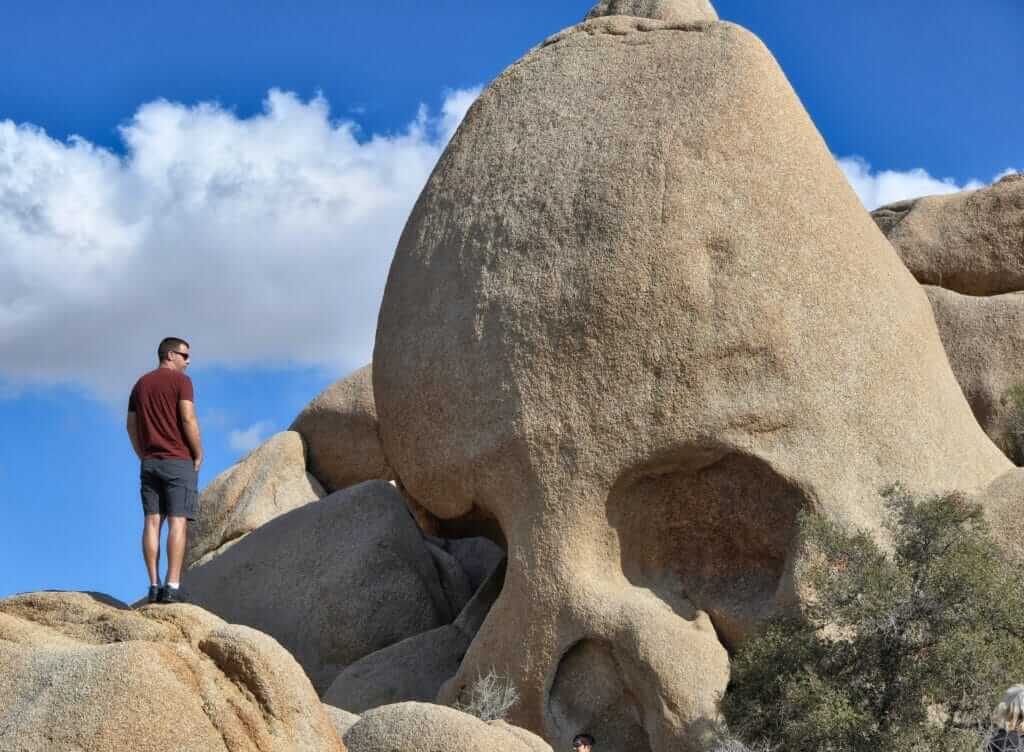
Wander Through the Oasis of Mara
Visit the Oasis Visitor Center located in Twentynine Palms. A large stand of honey mesquite and surrounding playas make the area unique within the Joshua Tree National Park.
The Oasis of Mara Nature Trail, a short .5 mile flat paved loop, shows off a variety of desert flora. Here you’ll find the California fan palm, arrow-weed, and Mojave sea blite, among other plant species. Several benches are available to sit down and enjoy the view along the trail.
The Serrano Indians named this place Mara, and their traditional songs describe the area as their first home in this world. The deergrass at the base of the palm trees was used for basketry, the palm fibers were used for baskets or shoes, and palm leaves were used as thatch for homes.
Watch Your Step at the Cholla Cactus Garden
On Pinto Basin Road, twelve miles south of the North Entrance Station, check out the Cholla Cactus Garden. The .25 mile flat loop nature trail goes through nearly 10 acres of landscape dominated by the teddy bear cholla.
Despite the friendly name, this cactus is not one you want to brush up against! The cactus spines easily jump to skin and clothing and are not easy to remove.
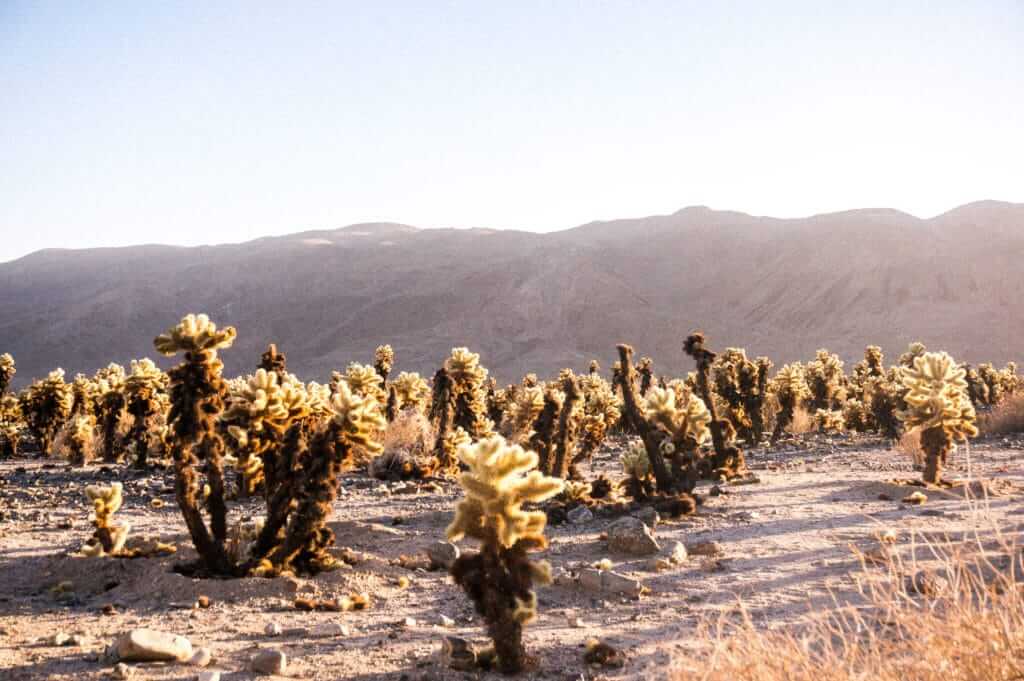
Tip: Have a pair of tweezers handy for spine removal. When removing the cactus spines, grip and pull firmly to extract on the first pass. Otherwise, the spines embed further in the skin.
Catch Bighorn Sheep at the Cottonwood Spring Oasis
Seven miles from the south entrance of Joshua Tree National Park is the Cottonwood Spring Oasis. The spring was an important water stop, as water was necessary for gold processing. Walking down Cottonwood Wash, it’s possible to catch a glimpse of bighorn sheep. You can find them getting water in the cooler early hours of the day.
If you enjoy hiking, check out the three-mile trail to Mastodon Peak. If you’re up the challenge, take on the eight-mile round trip Lost Palms Oasis Trail. Here you can find the largest stand of fan palms in the national park.
Not inclined to hike? Cottonwood Spring is the best birding spot for those with binoculars. In addition, the Cottonwood Visitor Center is open year-round and has shaded picnic tables nearby.
If you’re ready for more desert landscape, checkout 10 Remarkable Things You Must See In Death Valley with your RV.





